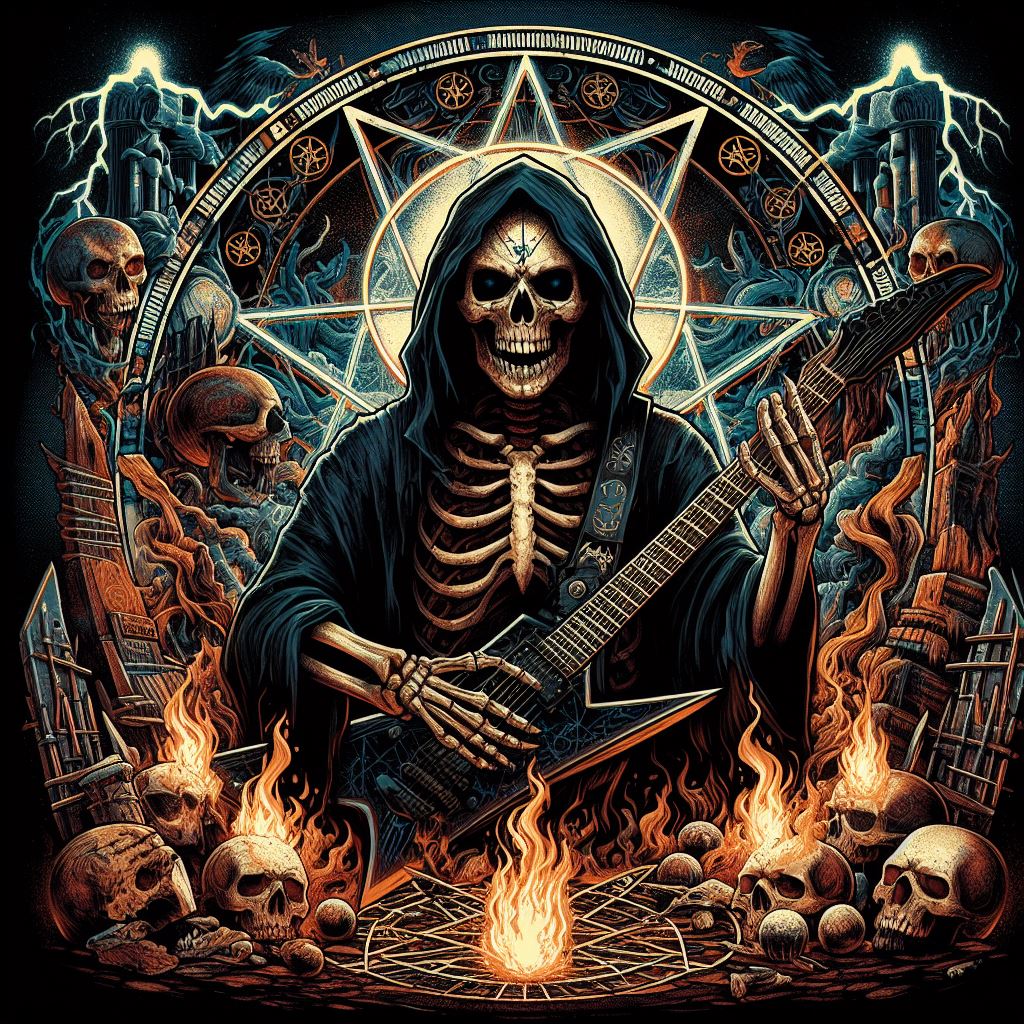Title: Unearthing the Legacy of Dead Earth: A Journey Through the History of the Pioneering Metal Band
In the vast landscape of heavy metal music, there are bands that rise above the rest, leaving an indelible mark on the genre and influencing generations to come. One such band is Dead Earth, a pioneering force that emerged from the underground scene in the late 1980s. With their uncompromising sound and thought-provoking lyrics, Dead Earth quickly gained a dedicated following and cemented their place in metal history.
Formed in 1987 in the industrial heartland of Detroit, Dead Earth was the brainchild of guitarist and vocalist, Jack Steele, and drummer, Sarah Black. Fueled by a shared love for the raw energy of thrash metal and the dark atmospheres of doom, the duo set out to create a sound that would push the boundaries of conventional metal music. With the addition of bassist, Ryan Stone, and lead guitarist, Alex Knight, the lineup was complete, and Dead Earth was born.
From their early days playing local clubs and underground venues, Dead Earth quickly garnered a reputation for their intense live performances and unrelenting music. Drawing inspiration from themes of environmental decay, societal collapse, and existential dread, Dead Earth’s lyrics delved into the darker aspects of the human experience, challenging listeners to confront uncomfortable truths.
In 1990, Dead Earth released their debut album, “Ashen Skies,” a blistering onslaught of crushing riffs, thunderous drums, and haunting melodies. The album received critical acclaim within the metal community, with many praising its innovative approach to songwriting and uncompromising attitude. Tracks like “Crimson Horizon” and “Wasteland Requiem” showcased Dead Earth’s ability to blend aggression with melody, creating a sound that was both brutal and beautiful.
As the 1990s progressed, Dead Earth continued to push the boundaries of their music, incorporating elements of black metal and progressive rock into their sound. Their sophomore album, “Eclipsed Existence,” released in 1993, further solidified their status as metal innovators. With tracks like “Veil of Shadows” and “Echoes of the Void,” Dead Earth demonstrated a maturity and complexity that set them apart from their peers.
Despite their critical acclaim and loyal fanbase, Dead Earth faced internal struggles that ultimately led to their dissolution in 1996. The band members went their separate ways, pursuing other musical projects and personal endeavors. However, the legacy of Dead Earth lived on, with their music continuing to inspire a new generation of metal artists and fans.
In recent years, there has been a resurgence of interest in Dead Earth, with a reissue of their discography and a series of tribute concerts honoring their legacy. While the band may no longer be active, their impact on the metal scene remains undeniable, reminding us of the power of music to transcend boundaries and connect us on a deeper level.
As we look back on the history of Dead Earth, we are reminded of the transformative power of music and the enduring legacy of those who dare to push the boundaries of creativity. Though their journey may have ended, their music lives on, a testament to the unyielding spirit of innovation and passion that defines the metal genre.
